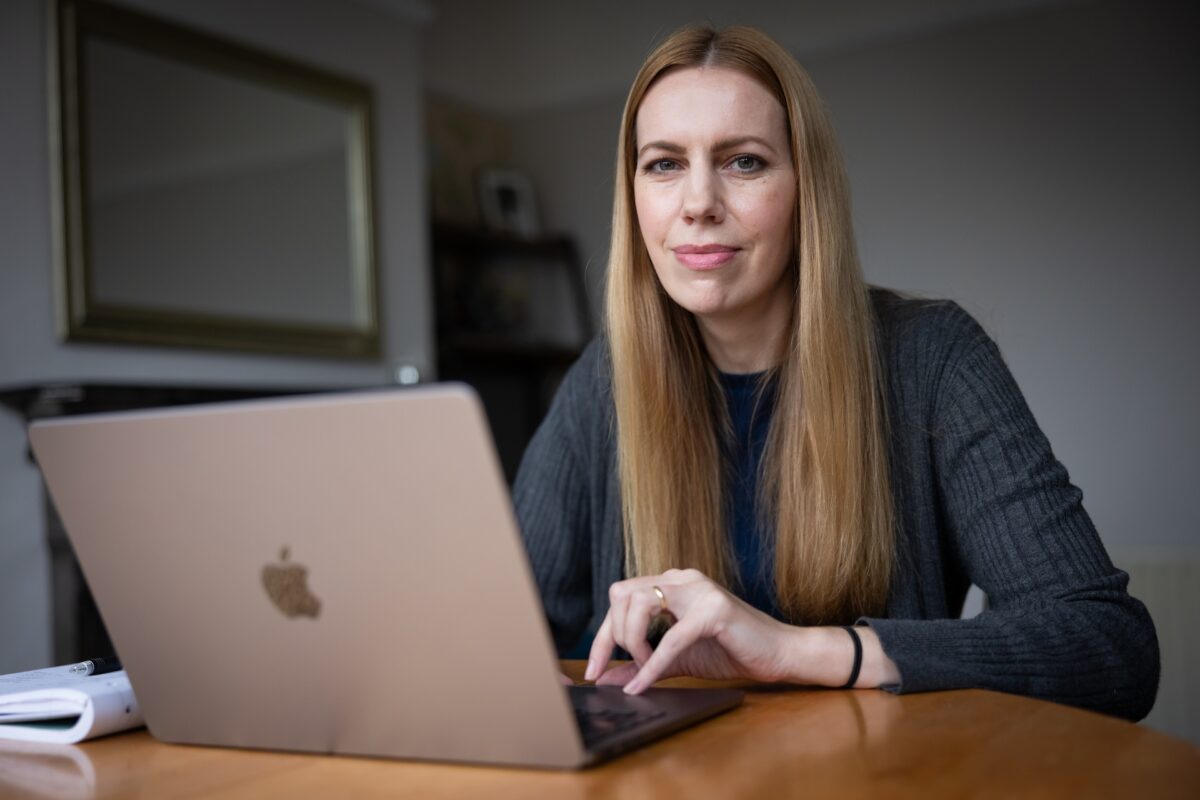EdTech has the power to boost pupils’ literacy but poor access to resources and teacher training means many are missing out

New teacher survey shows technology has the power to boost pupils’ literacy but poor access to resources and teacher training means many are missing out
The majority of UK teachers believe that technology can play an important role in boosting pupils’ literacy levels, but access to hardware, software and wifi in primary and secondary schools is poor and teacher training is inconsistent.
What’s more, despite 9 in 10 (88.1%) teachers agreeing that education should prepare young people for the digital workplace, secondary students are at the greatest disadvantage when it comes to access to, and use of, technology in the classroom.
This is according to a new report, Teachers’ use of technology to support literacy in 2018, published by the National Literacy Trust and funded by Crick Software.
A survey of 219 teachers found that they believe technology has the power to support pupils’ literacy and learning:
- Almost 9 in 10 (86.8%) teachers believe technology can engage pupils with reading, writing, speaking and listening, specifically in terms of motivation, enjoyment and confidence [2]
- 3 in 4 (76.7%) teachers believe technology should be made available across the curriculum to support literacy
- Teachers consider technology to have a particularly positive impact on reluctant readers and writers (68.5% / 62.6%), boys (64.8%), and less able readers and writers (62.6% / 60.3%)
- Teachers also believe that technology can help pupils overcome barriers to learning by providing differentiated support (63.5%), opportunities for personalised learning (61.6%) and creating an inclusive learning environment (59.4%)
However, despite these benefits, teachers said that a lack of investment in hardware, software and wifi is the greatest barrier to supporting learning through technology in the classroom. Indeed, under half (48.4%) of pupils have access to an iPad or laptops and just two in five (39.3%) have access to a desktop computer. Access to newer technologies is even scarcer, with only 2.3% of schools able to provide access to Virtual Reality headsets, 1.4% to smart speakers and 0.9% to wireless headphones.
Inconsistent teacher training was also identified as a serious barrier, with 1 in 4 (23.3%) teachers reporting that they have never received initial or ongoing training in using technology to support literacy. Confidence was also an issue, with teachers almost twice as likely to be very confident using technology at home compared to in the classroom (47.4% vs 27.4%). Yet the appetite is there for increased knowledge and learning, with almost a third (30.6%) of teachers having sought self-directed learning in this area and a fifth (22.8%) wanting to pursue a formal qualification.
Secondary students were found to be at the greatest disadvantage when it comes to access to, and use of, technology in the classroom, which is particularly concerning given the need to prepare young people for the digital workplace:
- Primary schools were more than twice as likely to have access to laptops (60.2% vs 26.5%) than secondary schools
- Primary schools were twice as likely to have wifi (60.2% vs 31.3%) than secondary schools
- 1 in 3 (34.9%) secondary teachers rarely or never use technology to support literacy, compared to 1 in 10 primary teachers (11.0%)
- Primary teachers were almost twice as likely to have received training for using technology to support literacy than secondary teachers (46.5% vs 26.5%)
Jonathan Douglas, Director of the National Literacy Trust, said: “Technology is ever present in children and young people’s daily lives – and it’s here to stay. Teachers believe that technology has the potential to transform pupils’ literacy and learning, yet limited access to hardware, software, wifi and training presents significant challenges to teachers seeking to use technology in the most effective way for their pupils.
“To effectively harness the potential of technology to support every child’s learning, greater investment in resources, training and research is needed, as well as support from policy makers, technology companies, academics and fellow education professionals. We must do everything we can to unlock the literacy skills that children and young people need to thrive at school, at work and in life.”
John Crick, former teacher and Crick Software co-founder, said: “When we launched the very first iteration of Clicker back in 1993, it was with a strong belief that education technology can open up new learning doors for pupils and give everybody the same opportunities to progress and achieve. That belief is certainly echoed in the findings of this report.
“We know from our own work with schools that access to software such as ours can be life-changing, particularly for children who struggle to access the curriculum, capture their ideas, demonstrate knowledge or participate in exams without additional support. What’s really key here is that such technology fosters independence, enabling students to take ownership of their own learning.
“Providing free access to ready-made, differentiated curriculum resources, training videos and live training sessions is a vital part of what we offer, because we want teachers to walk into their classrooms every day feeling confident that they can quickly tailor the tools we provide to the learning needs of their students. Our goals are their goals: to help their learners overcome literacy barriers and experience success.”
The report includes insights from research relating to the impact of technology on literacy teaching and learning in the school environment, as well as new findings from a survey of 219 teachers from across the UK. 54% of respondents were primary school teachers; 38% of respondents were secondary school teachers; and 8% of respondent taught in PRUs and special schools.
About the National Literacy Trust: An independent charity dedicated to raising literacy levels in the UK and giving children and young people from disadvantaged communities the literacy skills to succeed in life. Our research and analysis make us the leading authority on literacy. We run projects in the UK’s poorest communities, campaign to make literacy a priority for politicians, businesses and parents, and support schools.
About Crick Software: Established in 1993 by teachers John and Ann Crick, who saw the exciting potential for technology in the teaching of literacy. Products have been designed to promote the inclusion of children of all abilities, and software can be tailored by teachers to meet the needs of individual learners.
Universal Design for Learning is fundamental to software development. Our software is used by pupils of all abilities, including struggling writers, children learning English, and learners with disabilities. Profits from sales are injected back into the company and used to develop new products that utilise the latest technologies to benefit all learners.
We stay close to the classroom by working with educators at a variety of levels across the UK and abroad to ensure products adhere to the latest educational thinking and government guidelines. Free online resources are also supplied to help teachers to incorporate the software across all curriculum areas.
The extensive range of software produced by Crick Software is now being used in thousands of UK primary schools and on over half a million computers worldwide. The company has won numerous awards that recognise the exemplary nature of the software, including 12 Bett Awards, the English Speaking Union President’s Award, and a Millennium Product Award.











Responses